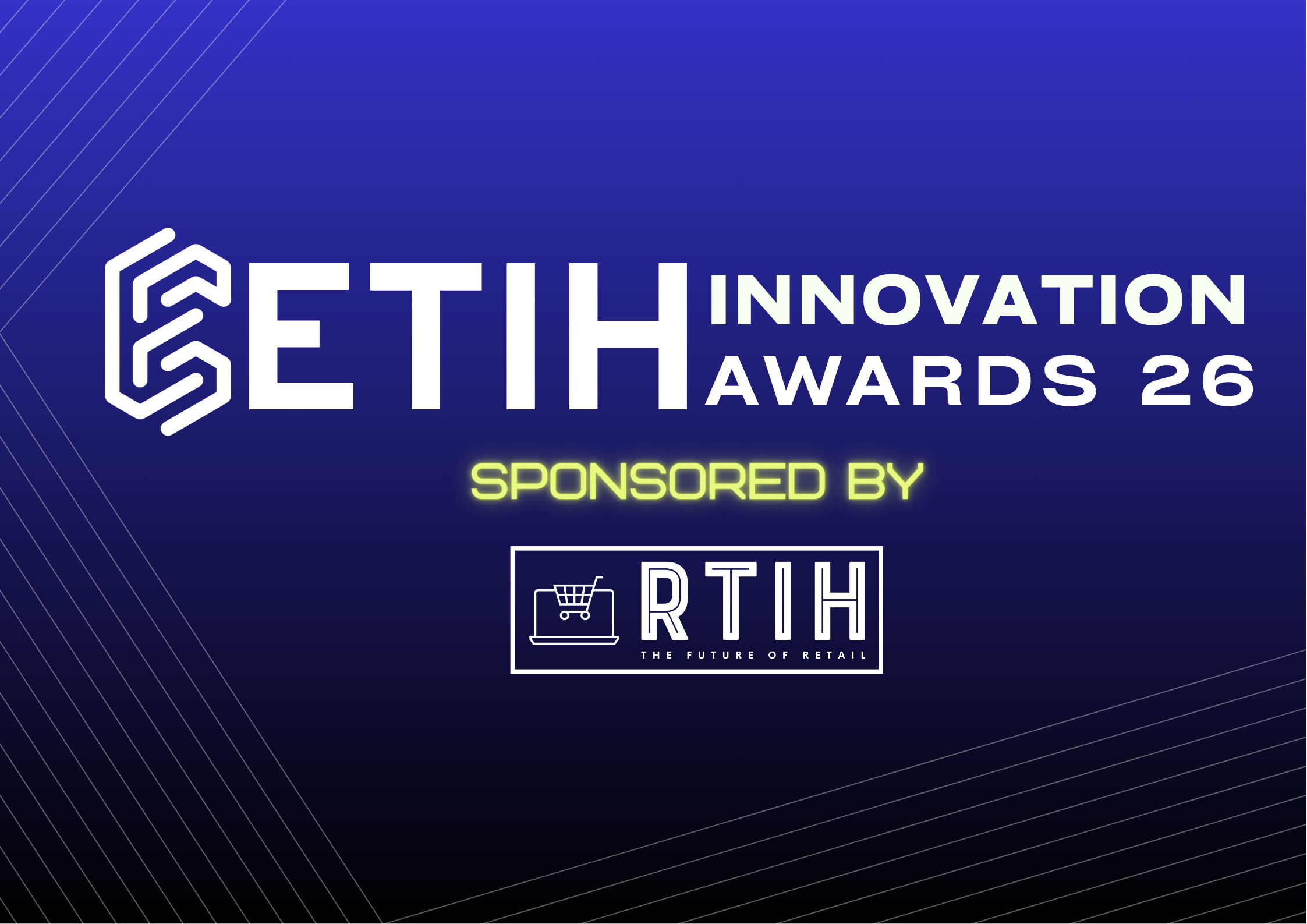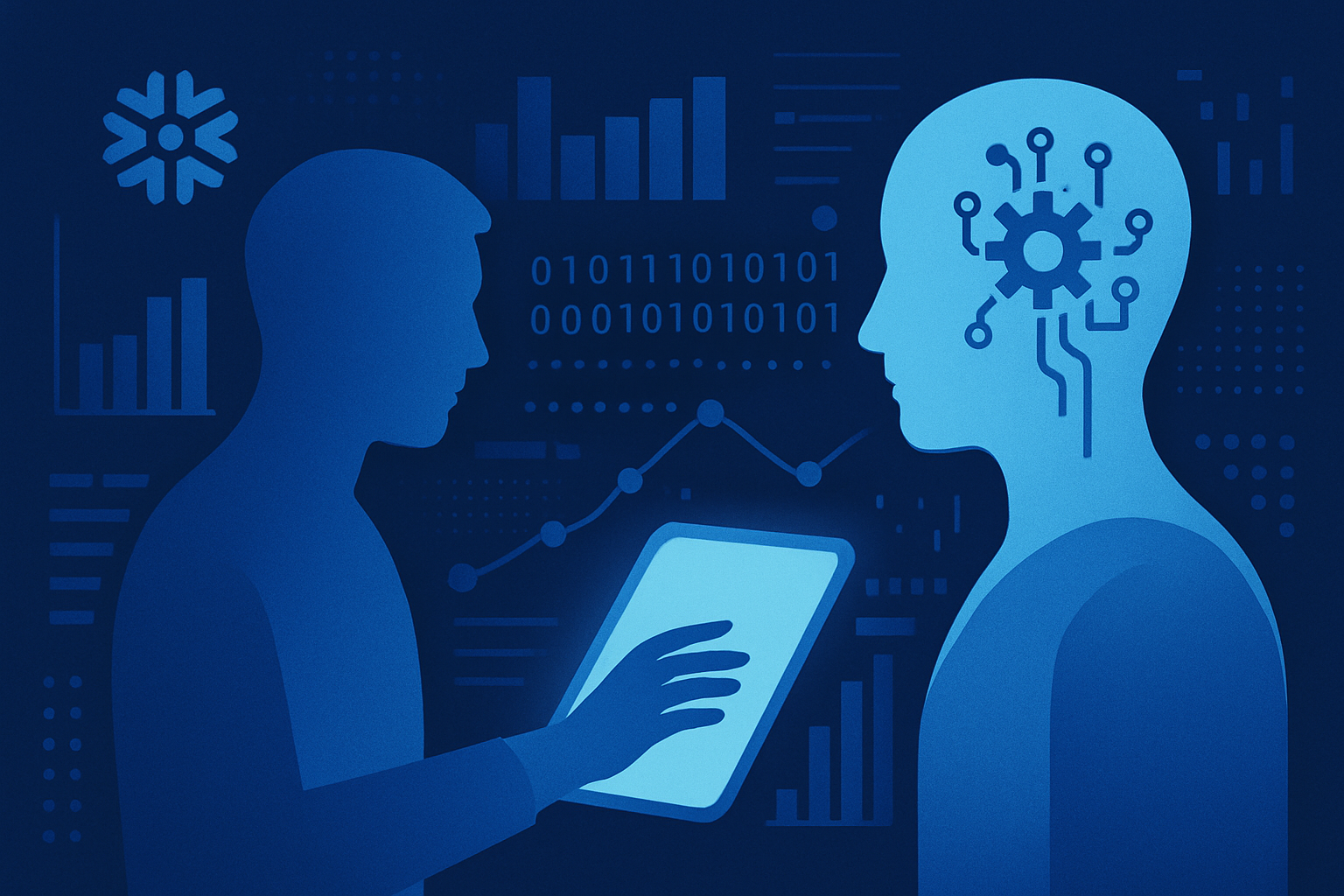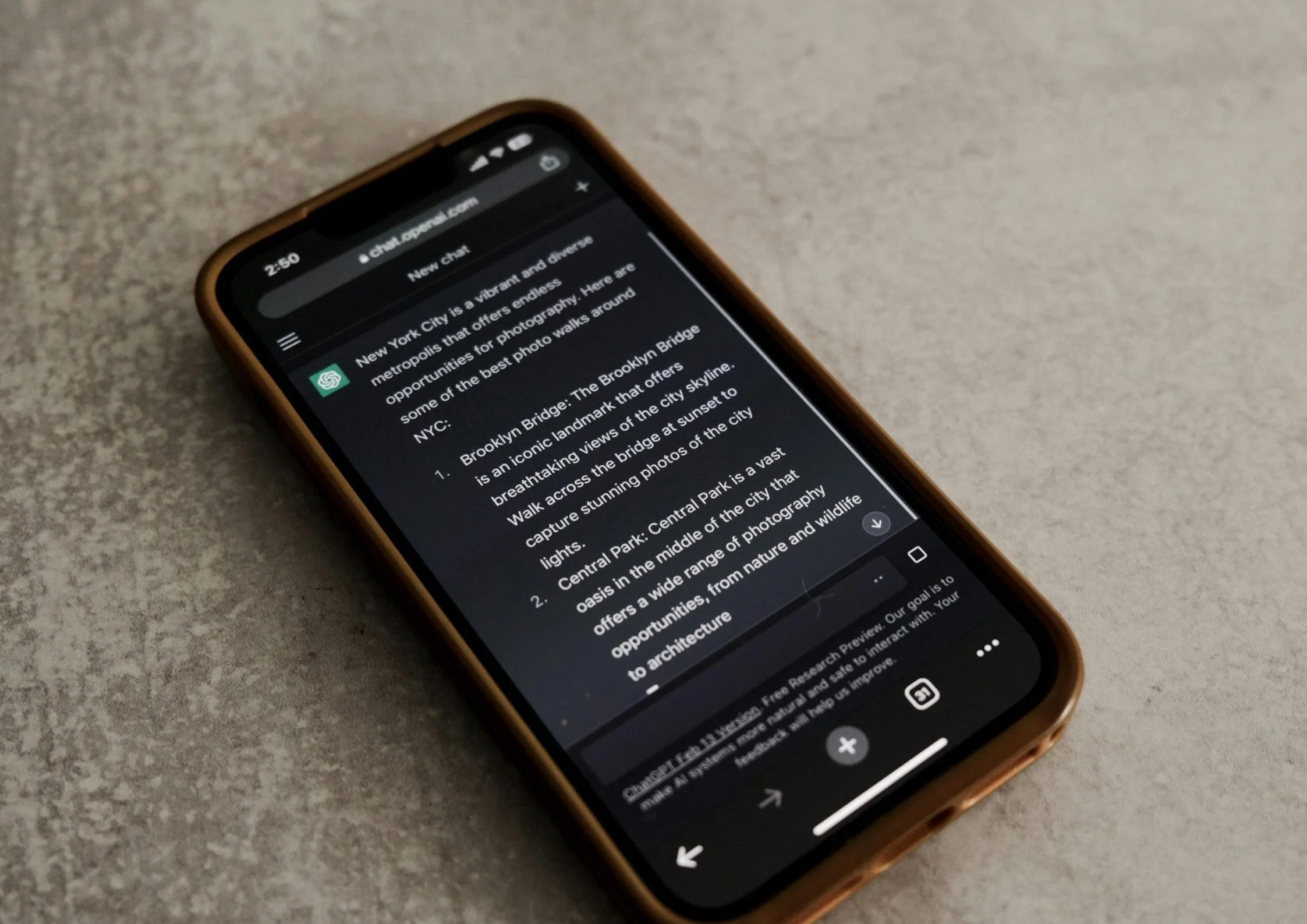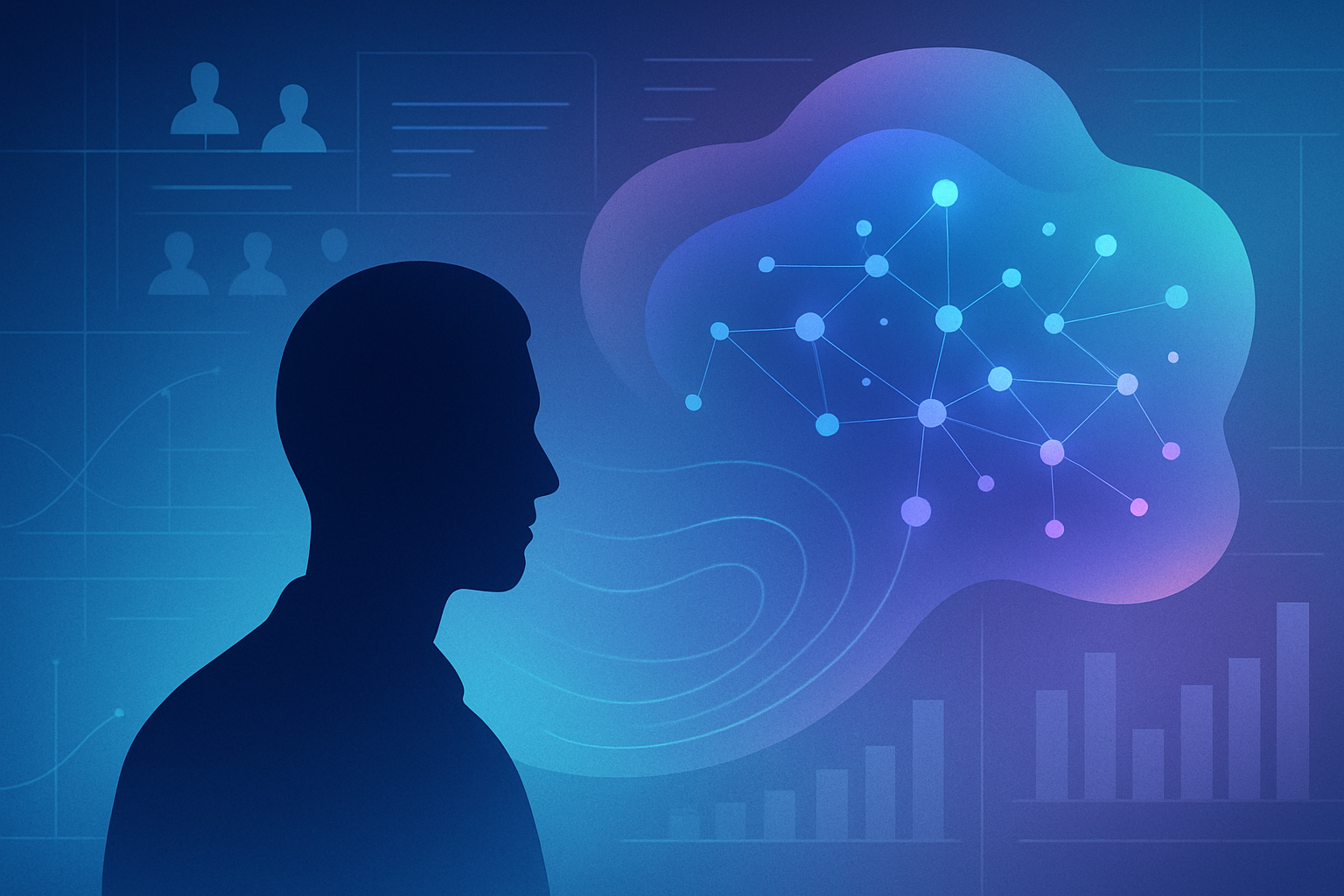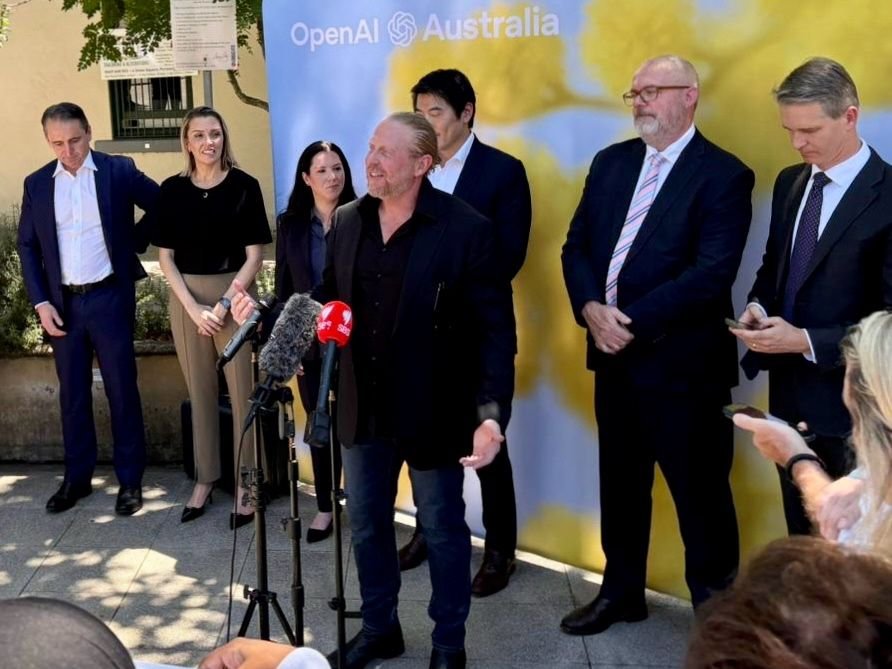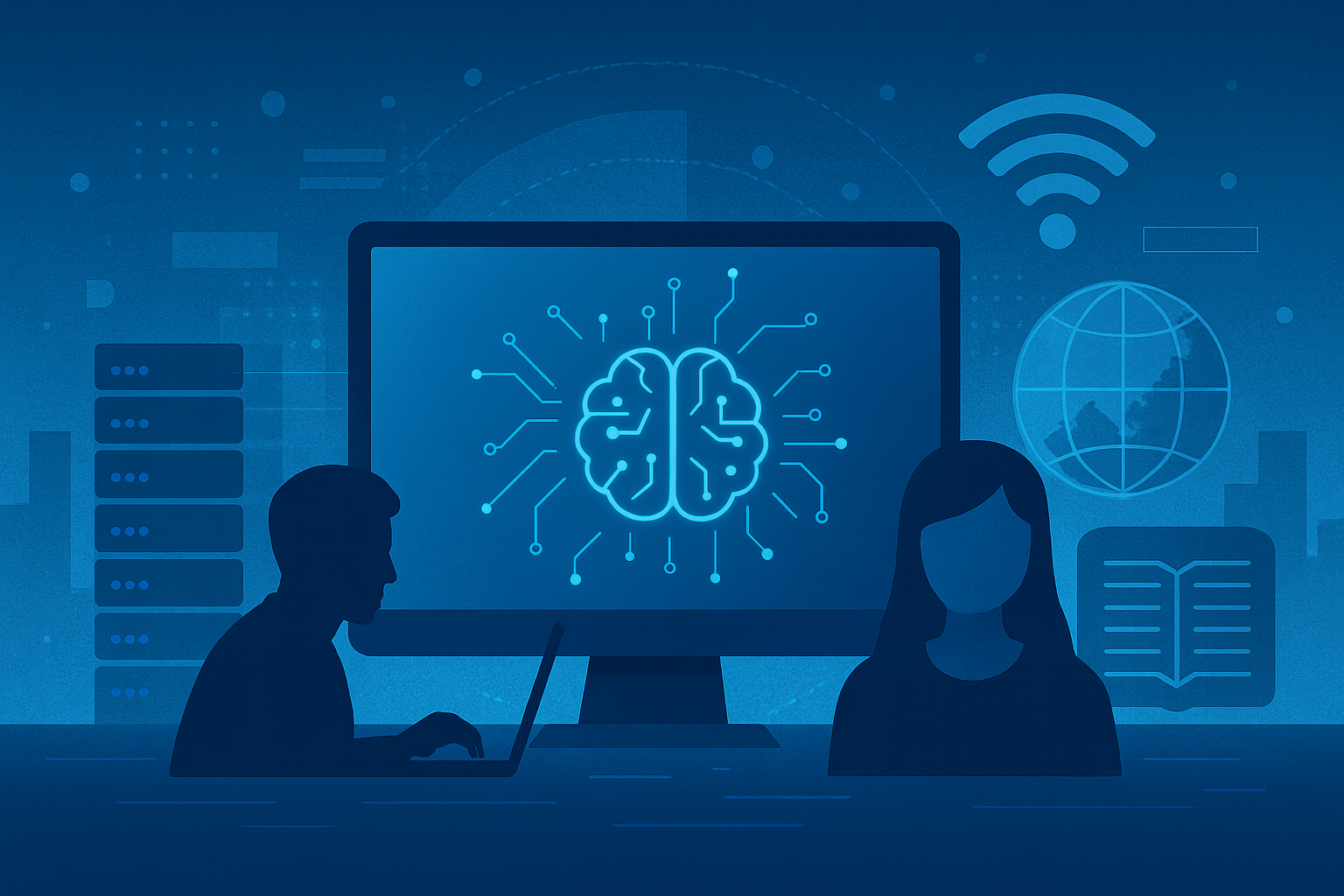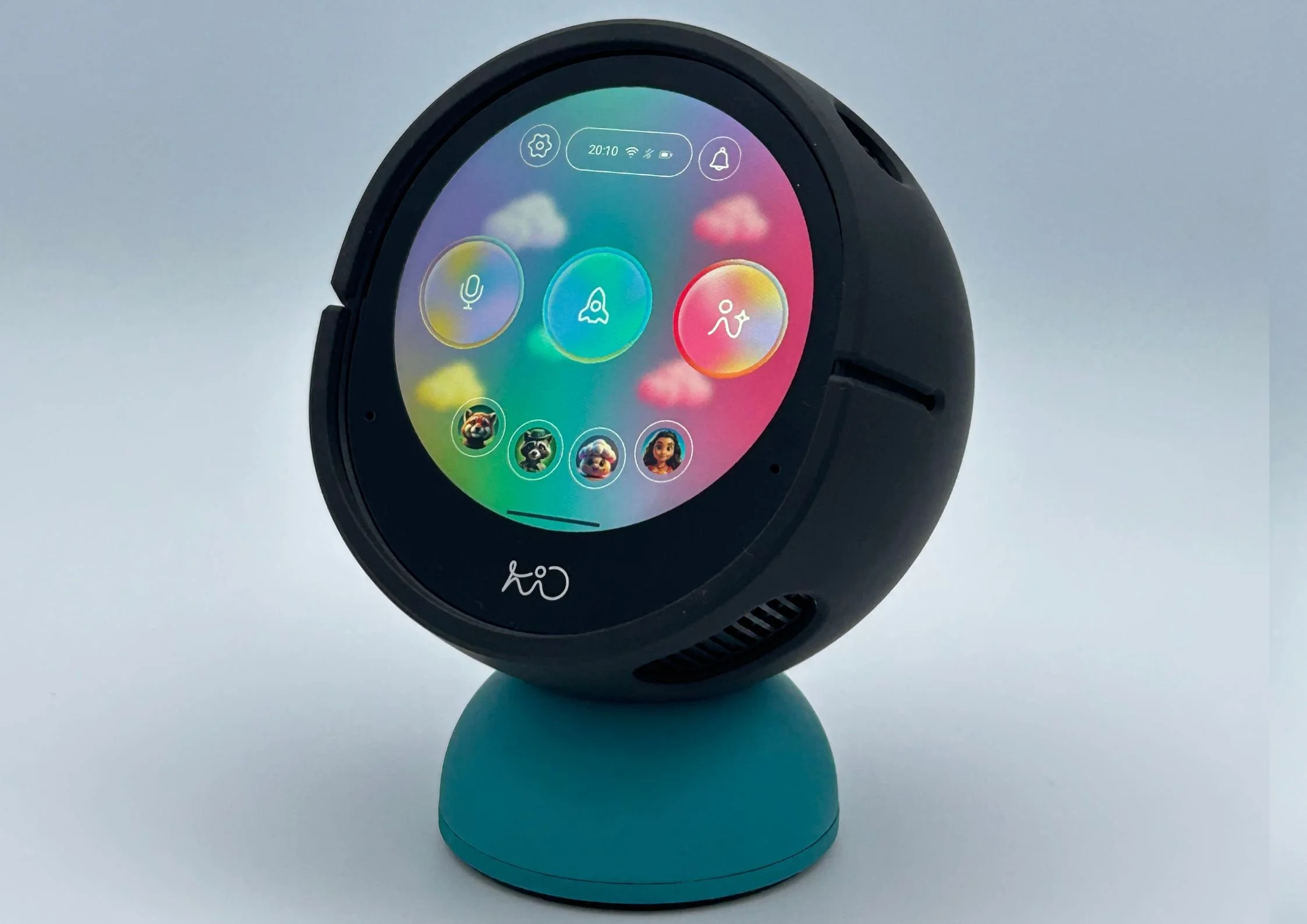StudyFetch launches free AI-powered reading platform aiming to tackle US literacy crisis
StudyFetch, an AI education platform, has announced the launch of StudyFetch Read - a new literacy platform offering personalized reading instruction for all students.

The free app offers AI-powered personalized learning for all users. Teachers can use the platform to upload worksheets, PDFs, and complete books, with StudyFetch Read generating personalized versions for each student.
StudyFetch says 64 percent of fourth graders are not currently reading proficiently and one in four children will grow up without learning to read. It estimates this literacy crisis costs the US $2.2 trillion each year in lost productivity.
"We believe in equality of opportunity for every student everywhere, and that has to start with traditional literacy," says Ryan Trattner, CTO and Co-founder at StudyFetch.
"Reading isn't a luxury feature. It's a fundamental right. We're committed to doing our part to help ensure every single student can read by making 1:1 personalized instruction scalable for every teacher and accessible for every student."
"There is no future in the AI world without foundational literacy. There is no workforce readiness without reading proficiency. There is no equality of opportunity when millions of students lack the basic skills to learn," adds Sam Whitaker, Vice President of Social Impact and Strategic Initiatives at StudyFetch. "This is a moral imperative, and there is no time to wait."
Earlier this year, StudyFetch released Imagine Explainers, an AI-driven tool that converts study materials into customized educational videos of up to one hour in length. The tool allows students and educators to generate video explainers on any subject using existing coursework, lesson plans, and study guides.



